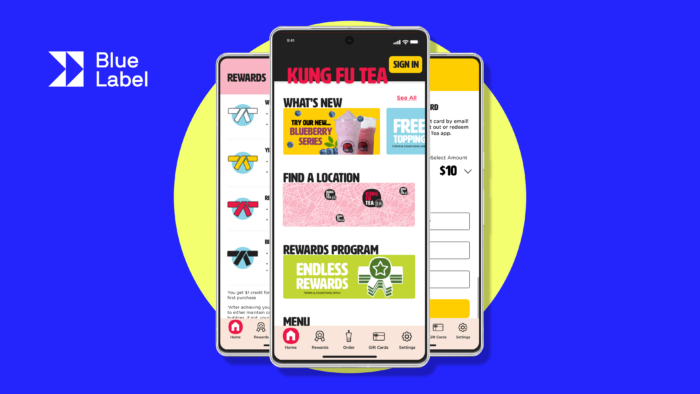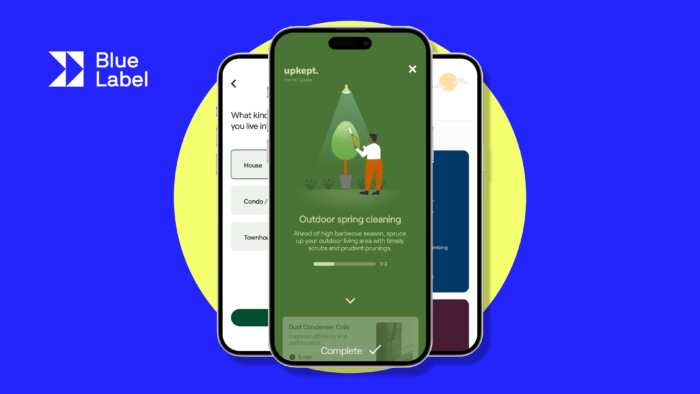Android or iOS: Why Some Choose iOS First
“Android or iOS?” is one of many questions those looking to bring an app to the market tend to ask at some point. If you fit the bill, you probably wonder:
Is there a difference between choosing one over the other?”
If so, what are the advantages?
Can I do both?”
It’s not a cut-and-dry matter but generally speaking, you will see differences in behavior when comparing the average iOS and Android users. Many apps seem to release on iOS first because its audience tends to spend more money. With that in mind, we’re going to take a look at some key differences between the two platforms, discuss the advantages of releasing on iOS first, then talk a little about cross-platform development.
Android or iOS? Key differences
At a granular level, there are a ton of differences between the two platforms but on the surface, there’s really only a handful of major differences. These factors are useful for influencing business direction when developing their first app.
Android greatly outnumbers iOS
One of the biggest differences between the two platforms is the fact that there are a lot more Androids which is significant. Android is used more broadly around the world – because price points are much lower, they’re common in developing nations which greatly dilutes the value of its share of the market and thus, revenue potential. With that said, some apps can perform unexpectedly well in these areas – for example, education apps from all over the world are extremely popular in India.

There’s less variation with Apple devices
Because Android is based on an open-source project, each major hardware manufacturer modifies the system to varying extents to support their devices. This means that each derivative used by a manufacturer in addition to the different form factors and performance of each device generates several additional variables to ensure proper operation across all devices.
But with Apple, there’s only a handful of core products for each generation of iPhone and iPad meaning there’s less variation as a result. Developers can utilize dynamic layouts that automatically size elements to “fit” on each form factor of a device, yet there are other matters to consider all well. Especially with Android, just because something “fits” and looks the same across all devices doesn’t mean that it feels the same as scaling interactive elements you see on a screen around ergonomics isn’t quite as linear. When you think about all the acute fine motor movement in the thumbs alone, a couple of millimeters here or there is a big difference.
Coding for iOS is usually faster
There’s a general consensus that developing for iOS is easier, however, it’s truly unique for every kind of app from eCommerce to healthcare. Developing a responsive frontend is usually quicker when looking at side-by-side, purely native development as there’s typically less code overall for iOS and it’s easier to read.
Apple users spend more money on devices and in apps
Finally, Apple users tend to spend more when compared to Android users. Much of it boils down to the price point – Apple products are more expensive than similar (and sometimes better) Android devices. To keep up with the most current gadgets Apple has to offer requires more affluence. Because of price, presentation, and a historically great job of their marketing efforts since the inception of the iPhone, Apple is a symbol: people will pay more for the brand and its often unique peripherals because “it’s Apple.”
Why choose iOS first?
Because it’s Apple! This is literally the main reason – people use the iPhone because it’s recognizable and a genuinely solid product backed by a well-liked company, as far as large businesses go. Their first-party apps are all solid and many include powerful APIs that businesses can use to integrate their service with relative ease. Apple also does a great job at security as we see with Sign in with Apple which is still one of the most secure solutions on the market for authentication today.

The matter of affluence spills over into how people spend in apps as well. This is especially true if you offer a subscription as iOS is responsible for about 79% of $13 billion in total mobile market subscription revenue despite only making up 15% of the total market share.
For example, If you’re planning on offering some kind of freemium app with a paid subscription tier that removes ads, you’ll see more success on iPhone. If you’re offering an engaging game that offers a useful virtual currency that users can purchase with real-world currency, you’ll likely see more sales on iPhone.
One of the most valuable reasons you may want to start with iOS first is the simple fact you’re able to launch faster. This strategy is often useful for startups as it allows them to enter the market with an MVP that they can test in the real world as it begins to generate a revenue stream. Though most apps rarely earn large sums in their early days, it can be enough to attract investors who may want to support the product in the future.
Despite the extra expenses incurred, this route is the quickest to the market where the momentum can prove to be invaluable. Doing so allows the business to collect more data which should translate to a more polished Android release when the time is right.
After all, this is how a couple of other notable apps like Instagram and Bumble got their start. For Instagram, it was much easier around the time of its release in 2010 to develop a good-looking, responsive product for iOS as well as the fact that social media usage per capita was much higher on iPhone. With Bumble, it was easier to use iOS and focus on the US market where Apple product usage is at its highest – after about a year of business, Bumble released on Android in 2015 and set its sights on the rest of the world.
Holding off an Android version of your app can be a great method for building buzz as we observed with both of the above platforms. Sometimes businesses will purposely start with iOS when the research shows substantial interest as this gives marketing an additional tool to get the attention of Android users. For example, you can leverage a future release to get new or future users to sign up for a mailing list with a promise to notify users when the app is launched – so long as you don’t annoy people with email blasts, this is a good way to direct them to other useful content.
Developing for iOS and Android simultaneously
Today, we use tools like React Native – the preferred cross-platform development framework here at Blue Label Labs– to build truly native apps for both platforms. We can use around 80% of the codebase (written in JavaScript) that we create in React Native which is ideal for companies that want or need their app on both platforms. It’s almost always less expensive than developing two separate apps from scratch. The only real drawback is that it takes more time to make up for that other 20% than when compared to building a single native app for either platform.
Of course, as you can probably understand, each app will usually perform differently but this gets two apps to the market faster than developing two separate, native apps. Here, it usually takes longer to build momentum because you’re moving a larger “system” compared to a single app. As such, it takes longer to get results and interpret data however, with a good strategy and flexibility to adapt around user feedback, businesses are usually better off in the long run as this saves on app development cost as well as some portions of ongoing app maintenance.
We build in the best interest of the businesses we serve
At the end of the day, you need to research the matter, specific to your solution before you should make any concrete decisions. In some cases, businesses are best off choosing iOS over Android as a starting point but every situation is a little different. For help navigating this matter or to discuss your idea for an app, reach out to us to touch base with someone from our team.









